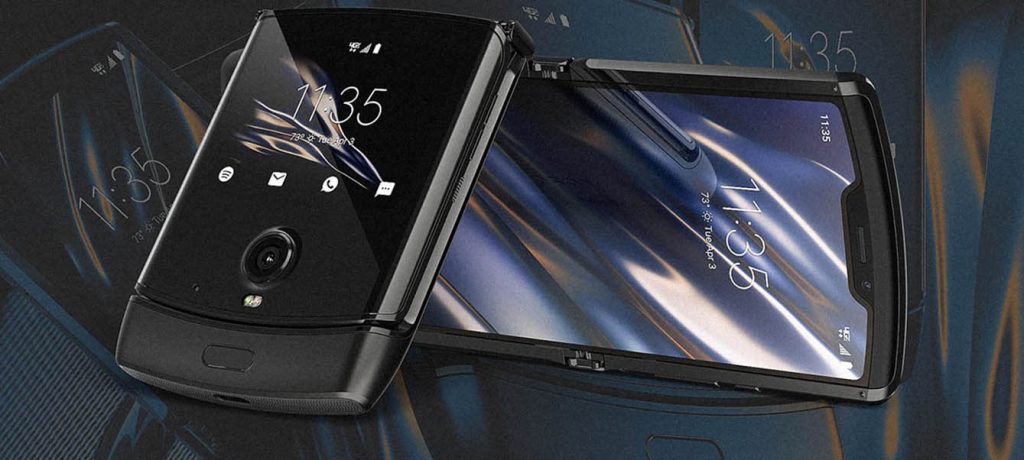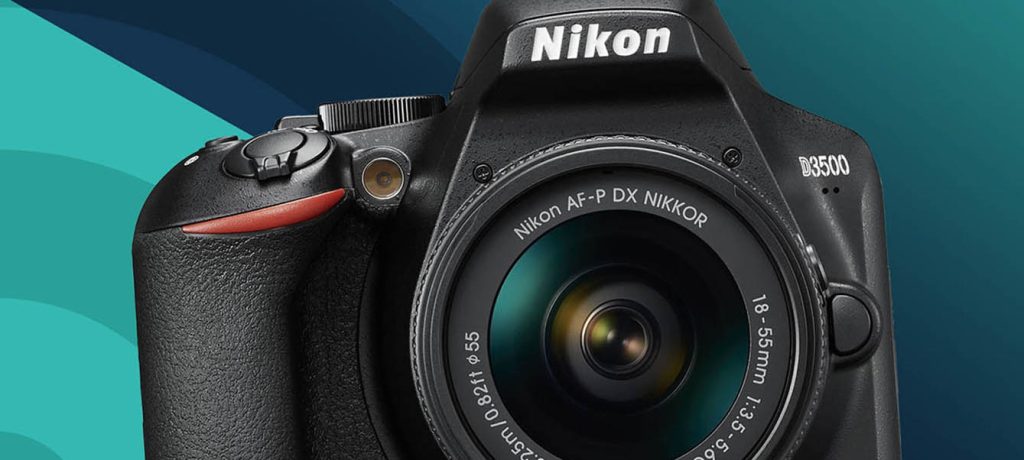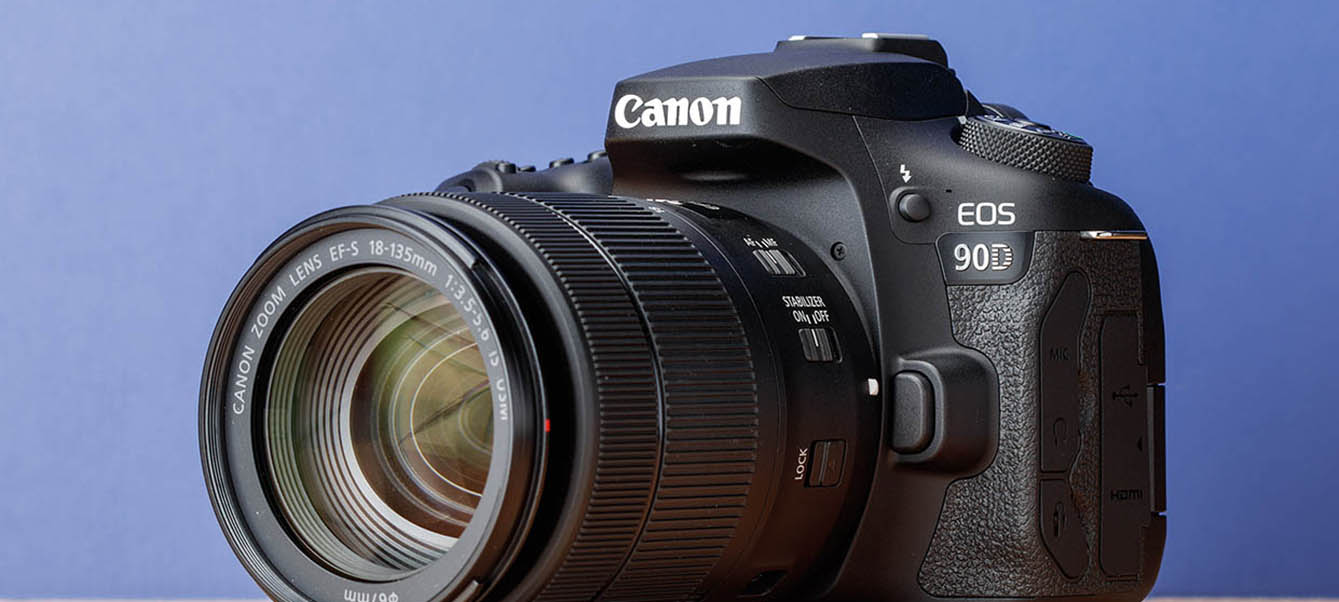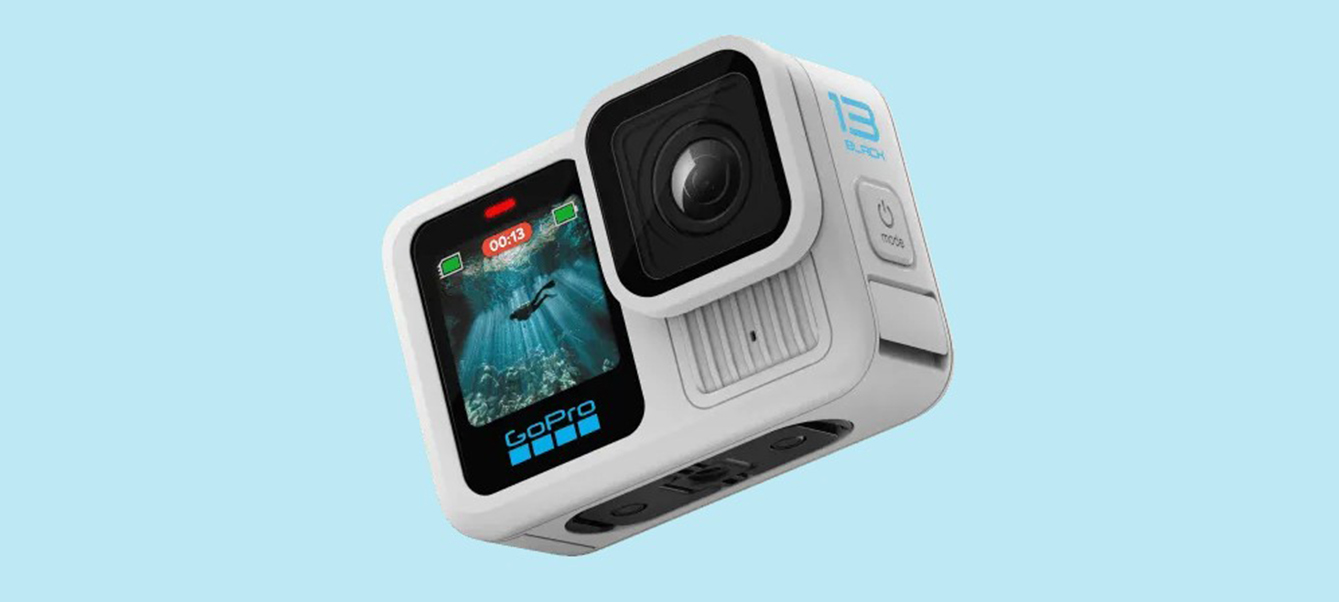In today’s digital imaging market, Digital Single-Lens Reflex (DSLR) cameras and Mirrorless cameras dominate the scene. Each of these types offers unique features tailored to different photography and videography needs. Whether you’re a professional photographer, a beginner, or someone on a budget, choosing the right camera involves carefully considering various factors. This guide will recommend the best DSLR and Mirrorless cameras currently available, providing a detailed guide on what to look for when purchasing a digital SLR camera and highlighting the key differences between DSLRs and Mirrorless models. Our goal is to help you make the most informed choice for your needs.
1. Best DSLR Camera: Canon EOS 90D
The Canon EOS 90D is one of the most popular DSLR cameras on the market today, praised for its high-performance sensor, exceptional autofocus system, and robust video capabilities. It’s an ideal choice for photograpahy enthusiasts and semi-professional photographers alike.
1. Camera Specifications:
- Sensor Type: APS-C CMOS sensor
- Effective Pixels: 32.5 megapixels
- Image Processor: DIGIC 8
- ISO Range: 100-25,600 (expandable to 51,200)
- Continuous Shooting Speed: Up to 10 frames per second
The Canon EOS 90D features a 32.5-megapixel APS-C CMOS sensor paired with the DIGIC 8 image processor, delivering high resolution and excellent image quality. With a shooting speed of up to 10 frames per second, it excels in capturing fast-moving subjects, making it perfect for action shots, sports, and wildlife photography.
2. Video Capabilities:
- Video Resolution: 4K UHD (30p), Full HD 1080p (120p)
- Autofocus System: Dual Pixel CMOS AF with Eye Detection
The Canon EOS 90D supports 4K Ultra HD video recording without a crop, providing a wider field of view for more dynamic video captures. The Dual Pixel CMOS autofocus system tracks moving subjects swiftly and accurately, maintaining sharp focus even in fast-paced shooting scenarios.
3. Body Design:
- LCD Screen: 3-inch Vari-angle touchscreen
- Viewfinder: Optical viewfinder with 100% coverage
- Build Material: Magnesium alloy and plastic, offering durability and a lightweight feel
The 3-inch flip-out touchscreen allows flexible shooting angles, perfect for selfies, low-angle, and high-angle shots. The optical viewfinder provides a realistic shooting experience, especially favored by traditional DSLR users.
4. Connectivity:
- Supports Wi-Fi and Bluetooth for quick image transfer to smart devices
- USB 2.0 and HDMI outputs for versatile connectivity
5. Price:
- Price Range: Approximately 8,500 to 9,500 RMB
Summary:
The Canon EOS 90D is a powerful and versatile DSLR camera that excels in both high-resolution photo shooting and 4K video recording. Its strong autofocus system and intuitive handling make it a great choice for intermediate photographers and video creators looking for a reliable all-around performer.
2. Best Mirrorless Camera: Sony Alpha A6400
Among mirrorless cameras, the Sony Alpha A6400 stands out with its blazing-fast autofocus, outstanding image quality, and compact body, making it a popular choice for video creators, beginners, and budget-conscious users.
1. Camera Specifications:
- Sensor Type: APS-C CMOS sensor
- Effective Pixels: 24.2 megapixels
- Image Processor: BIONZ X
- ISO Range: 100-32,000 (expandable to 102,400)
- Continuous Shooting Speed: Up to 11 frames per second
The Sony Alpha A6400 is equipped with a 24.2-megapixel APS-C sensor and BIONZ X image processor, delivering sharp, vibrant photos with excellent dynamic range. Its 11 frames per second burst shooting rate makes it ideal for capturing action scenes.
2. Video Capabilities:
- Video Resolution: 4K UHD (30p), Full HD 1080p (120p)
- Autofocus System: 425-point phase-detection AF with Real-time Eye AF
With 4K video recording and no time limits, the Sony A6400 is perfect for vloggers and content creators. Its advanced 425-point phase-detection autofocus system, featuring real-time Eye AF, ensures fast and precise focus tracking, making it an excellent choice for both video and stills.
3. Body Design:
- LCD Screen: 3-inch 180-degree flip touchscreen
- Viewfinder: 2.36-million dot electronic viewfinder
- Build Material: Magnesium alloy, offering a sturdy yet lightweight feel
The 180-degree flip screen is ideal for video creators who need to monitor themselves while filming. The high-resolution electronic viewfinder provides clear and accurate framing, especially in low-light situations.
4. Connectivity:
- Supports Wi-Fi, Bluetooth, and NFC for easy image sharing
- USB 3.1 and HDMI ports for extensive connectivity options
5. Price:
- Price Range: Approximately 5,500 to 6,500 RMB
Summary:
The Sony Alpha A6400 is a versatile and capable mirrorless camera with excellent video capabilities, fast autofocus, and a compact design that’s easy to carry. It’s perfect for beginners, vloggers, and anyone who values high-quality video in a portable package.
3. What Should I Consider When Buying a DSLR Camera?

When selecting a DSLR camera, several crucial factors must be considered to ensure you choose the right model:
1. Sensor Type and Size:
- Full-frame sensors capture more light, offer better low-light performance, and provide a shallower depth of field compared to APS-C sensors, but they are generally more expensive.
- For those on a budget or just starting, APS-C sensors offer a great balance of image quality, portability, and affordability.
2. Megapixel Count:
- While higher megapixels mean more detail, it doesn’t always mean better quality. High-resolution images are larger in file size, requiring more storage and processing power.
- For general photography or social media sharing, around 20 megapixels is typically sufficient.
3. Autofocus System:
- The number and type of focus points affect autofocus speed and accuracy. Systems with dual-pixel or phase-detection autofocus are superior for tracking moving subjects.
- If you frequently shoot sports, wildlife, or video, a camera with an advanced autofocus system is crucial.
4. Continuous Shooting Speed:
- Burst speed is essential for capturing fast-moving subjects. A speed of 10 frames per second or more can significantly enhance your ability to capture fleeting moments.
5. Video Features:
- For those needing video capabilities, 4K resolution, autofocus performance, and recording time limits are important factors.
- Stable focus and clear image quality are particularly important for content creators.
6. Body Design and Usability:
- Articulating touchscreens make it easier to shoot from various angles, especially for vloggers and selfie enthusiasts.
- The body material impacts durability and handling; metal bodies typically offer greater strength and longevity.
7. Connectivity:
- Wireless features simplify the sharing of photos and videos, catering to the needs of the social media era.
- USB and HDMI ports ensure compatibility with computers and display devices, aiding in post-production and presentation.
4. Mirrorless vs. DSLR Cameras: What’s the Difference?
1. Structure and Size:

- DSLRs have a mirror and optical viewfinder, while mirrorless cameras use electronic viewfinders. This makes mirrorless cameras smaller and lighter, appealing to users who need portability.
2. Autofocus Speed:
- Mirrorless cameras often outperform DSLRs in continuous autofocus and video focus due to their advanced phase-detection or contrast-detection systems.
3. Battery Life:
- DSLRs generally have longer battery life because they use optical viewfinders that consume less power, whereas mirrorless cameras rely on electronic displays, which can drain batteries faster.
4. Shooting Experience:
- The optical viewfinder of a DSLR offers a direct, real-time view of the scene without lag or color distortion. Mirrorless cameras’ electronic viewfinders display real-time effects of settings like exposure and white balance, making shooting more intuitive.
5. Image Quality:
- Both types offer excellent image quality, primarily determined by the sensor type and lens quality. Modern mirrorless cameras have closed the gap, matching or exceeding DSLR performance in many areas.
Both DSLRs and mirrorless cameras offer distinct advantages, catering to different user needs. The Canon EOS 90D is an excellent choice among DSLRs, ideal for users seeking high-resolution imaging, fast burst shooting, and solid video performance. Meanwhile, the Sony Alpha A6400 stands out in the mirrorless segment with its impressive autofocus system and video capabilities, making it particularly suitable for content creators and beginners.
When buying a camera, it’s crucial to match your needs and budget with the right model. By understanding the specifications, performance, and unique features of each camera, you can enhance your photography journey and make the most of your creative potential. We hope this guide helps you find the perfect camera, allowing you to enjoy the art of photography to the fullest.



